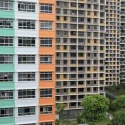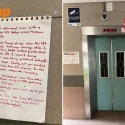Due to the challenges they face in remaining, consolidating, or selling their business, these operators shut down, Mr Tiong said.
As part of suggested sector-wide reform, he mooted the idea of preschool vouchers.
“This empowers parents to choose a preschool that best fits their child’s needs — be it PCF, Montessori, faith-based organisation, or play-based centres. It forces all schools, including state-backed giants, to compete fairly on quality, philosophy, service; without predetermining the winner’s business model,” said Mr Tiong in his speech.
However, Mr Chua said that having a voucher scheme alone may result in unintended consequences, such as increase in preschool fees without improvements in accessibility or quality.
He referred to examples in other countries, such as Hong Kong, where a preschool voucher scheme implemented in 2007 was discontinued as it worsened inequity. Affluent families used the vouchers for extra-educational programmes, noted Mr Chua.






